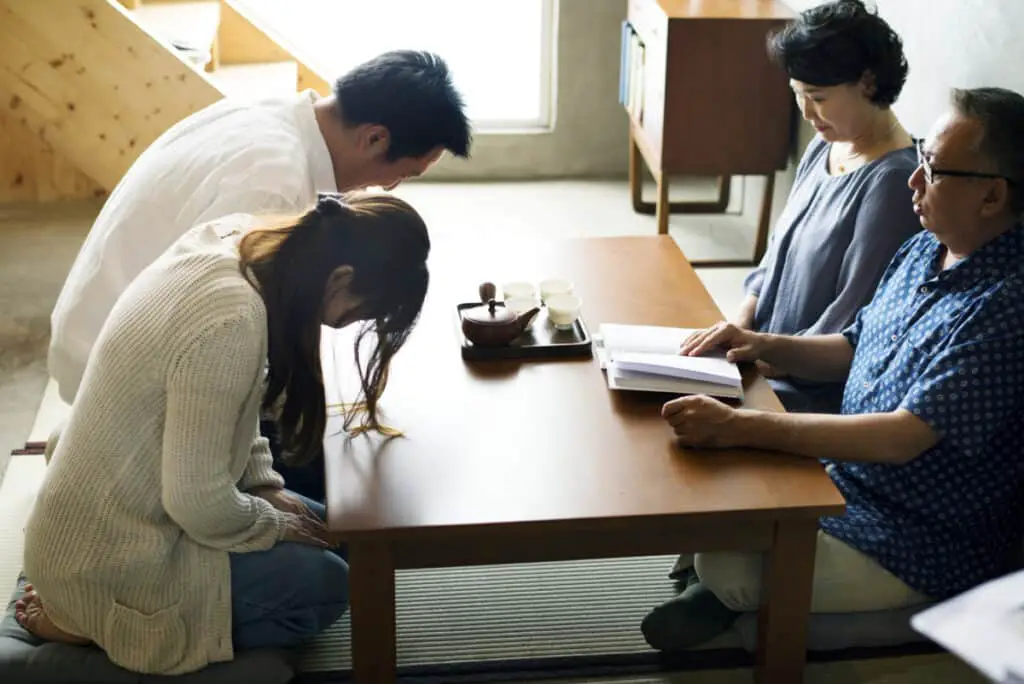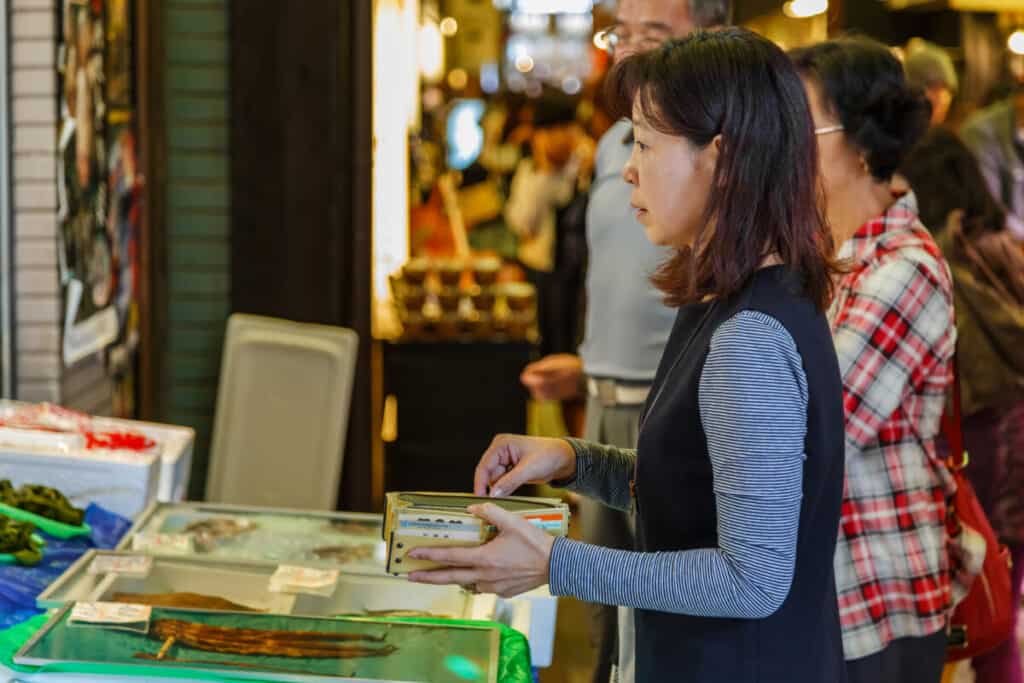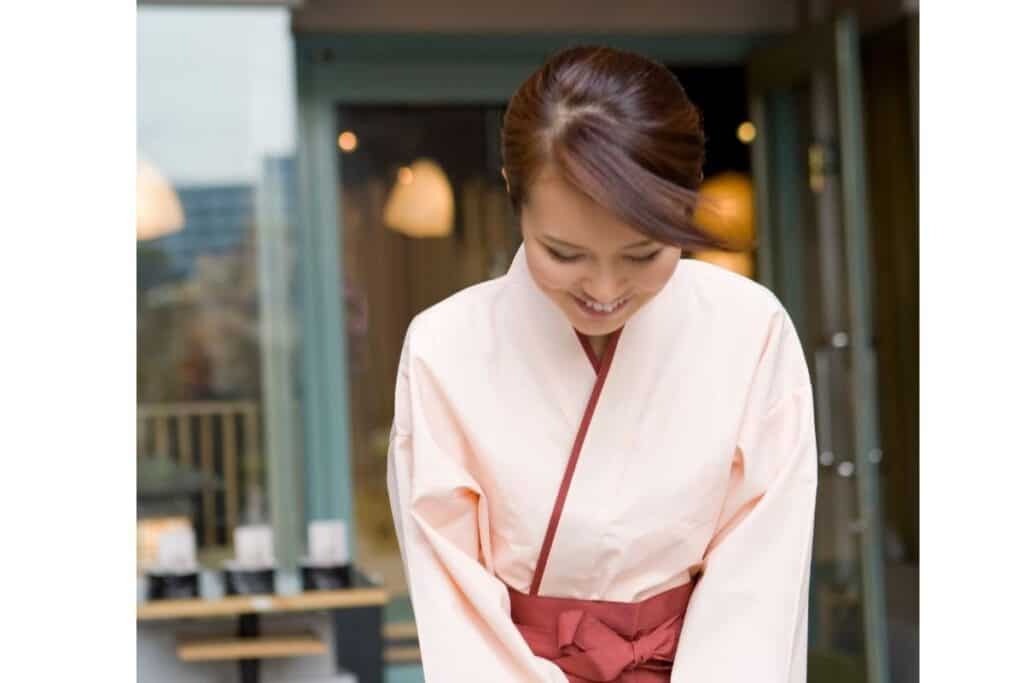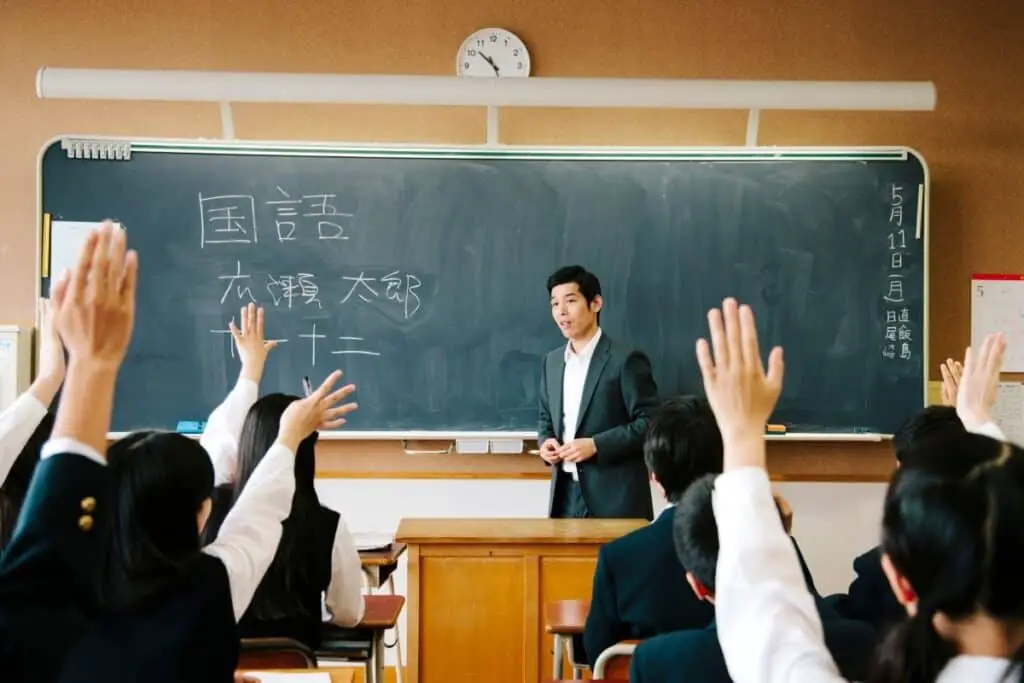Japan has a culture that’s known around the world for its politeness and hierarchy – one way the Japanese exercise this politeness and hierarchy is through the use of honorifics such as -san, -chan, -senpai, -sensei, and so on.
As a foreigner, you might think, when and how to use these honorifics in Japan? It depends on what person you’re talking to, what scenario you’re in, and in what position do you and the person you’re talking to lie in terms of hierarchy and social status.
Read below to know about the various formal and informal honorifics you might want to learn about in order to communicate well and blend in with Japanese people well during your stay there.

Basic Rules for Using Honorifics
There are a lot of honorifics, so it can get confusing to get a grasp of all of them at once. Below are some really basic things to remember in case you get confused:
- Use honorifics while talking to other people to give respect, but avoid using honorifics towards yourself. For example, while introducing yourself, you wouldn’t add a -san or -chan to your name. You would simply tell your first and last name.
- It’s good to ask the other person what honorific they prefer. When in doubt, just use -san.
- It’s okay to not use honorifics in case you have a very close relationship with the other person or if they aren’t comfortable with you using honorifics for them.
- Use formal honorifics for people older than or higher in social status than you, and informal ones for people your age, or people close to you.
- It’s okay to make mistakes – learning honorifics takes time and if you’re a foreigner, local Japanese people will, of course, consider that.
A Break Down of Most Common Japanese Honorifics
| Honorific Title | Type of Honorific | Translation | Appropriate Scenario | Example |
| -san | Formal, Suffix | Mr., Mrs. | Acquaintances, strangers, coworkers. | Hikari-san |
| -sama | Formal, Suffix | Mister/Madam, Your Highness, Your Majesty | God, customers, guests | Kami-sama (God), mina-sama (everyone), okyakusama (customers) |
| -kun | Informal, Suffix | Bro, boy | Younger boys, friends, people your age | Akitsuki-kun |
| -chan | Informal, Suffix | Little, Small | Younger girls, anyone close to you, partners, close friends | Ri-chan |
| -senpai | Formal, Suffix | Senior | For seniors classmates, colleagues, etc. | Mitsuru Senpai |
| -kohai | Formal, Suffix | Junior | For junior classmates, colleagues, etc. | Yukari Kohai |
| -sensei | Formal, Suffix | Teacher | For teachers or people experts in their respective professions. | Kakashi Sensei |
| -tan | Informal, Suffix | Little, Cute | For babies | Yuka-tan |
| -o | Formal, Prefix | A polite way of saying something | For words that have a Japanese origin | Oji-san (grandfather), oya-ji (old man), oka-san (mother) |
| -go | Informal, Prefix | A polite way of saying something | For words that have a Chinese origin | Gokazoku (family), goryoshin (parents) |
-San
-San is the safest honorific to go for if you’re meeting someone you don’t know and you’re not sure which honorific to go for. It’s a very formal way of addressing anyone without going overboard.
It’s not suitable only for addressing coworkers, acquaintances, relatives but can also be attached to certain job titles. For example, a doctor, called “isha” in Japanese can be politely called “isha-san.”
You can start off with -san while meeting anyone new, and if they tell you to use a different honorific, you can switch to that.
-Sama
Sama conveys an extremely high level of respect, which is why it is mostly used for gods and deities. For example, kami-sama. Customers and guests have a very respectable position in the Japanese culture, so oftentimes they’ll use -sama as an honorific to address them.
You can also use -sama to address your boss or anyone at a higher authority, though -san is more common as -sama can be a bit too polite for everyday situations.

-Kun
Kun is mostly for males below you in age. It’s considered disrespectful to address someone higher than you in age, seniority, and social status as -kun as it’s a casual, informal way of calling someone.
Kun is usually used to address males, though it can be used for females too in case they’re of the same age and the person saying “kun” has a casual relationship with them.
-Chan
Chan is more of an affectionate honorific title, so naturally, you wouldn’t use it for someone you don’t know that well. Chan is mostly known to address younger females, but it’s actually diverse and not limited to females.

You can use chan to address a very close friend or partner, a family member (for example, saying onee-chan instead of onee-san to call your big sister affectionately), a child, and so on.
Senpai/Kohai
Senpai and san can be a bit confusing since both are used to respectfully address people higher in seniority.

The distinguishing feature is that while san is more diverse and usable for addressing people you’re meeting for the first time, senpai is mostly for a senior at a workplace, university, school, etc.
Kohai, which means junior, is the opposite of senpai. It’s not that commonly used though, and can come across as a bit condescending, so it’s better to use kun.
Sensei
Sensei is mostly used for teachers or mentors, but it can also be used if you’re talking to someone who has a very high status and expertise in their profession.
For example, you can call a medical doctor “Sensei” while in a conversation with them as an alternative to “isha-san.”

Tan
Tan is more of a cute way of saying chan, and resembles a baby’s cute mispronunciation of the word ‘chan.’ It is mostly used for infants during baby talk.
Tan is also used in other informal scenarios, such as two romantic partners in private, or addressing a friend in a comical way. Avoid using tan for formal scenarios as it would be considered too casual.
O and Go
O and go are prefixes. O is generally used for familial relations. For example, you could call your mother “oka-san.” Both the o and the san convey a sense of respect.
To convey more affection and informality, you can just say “ka-san” which is equivalent to calling your mother ‘mom’ or ‘ma.’ Similarly, calling a diety “okami-sama” conveys more respect than just “kami-sama.”
O and go are used for non-living objects that have a ‘life-giving’ attribute to them as well. For example o-mizu for water and o-cha for tea.
Go is used for words Chinese in origin, for example, go-kyouryoku which means cooperation and go-ryoushin which means parents.










